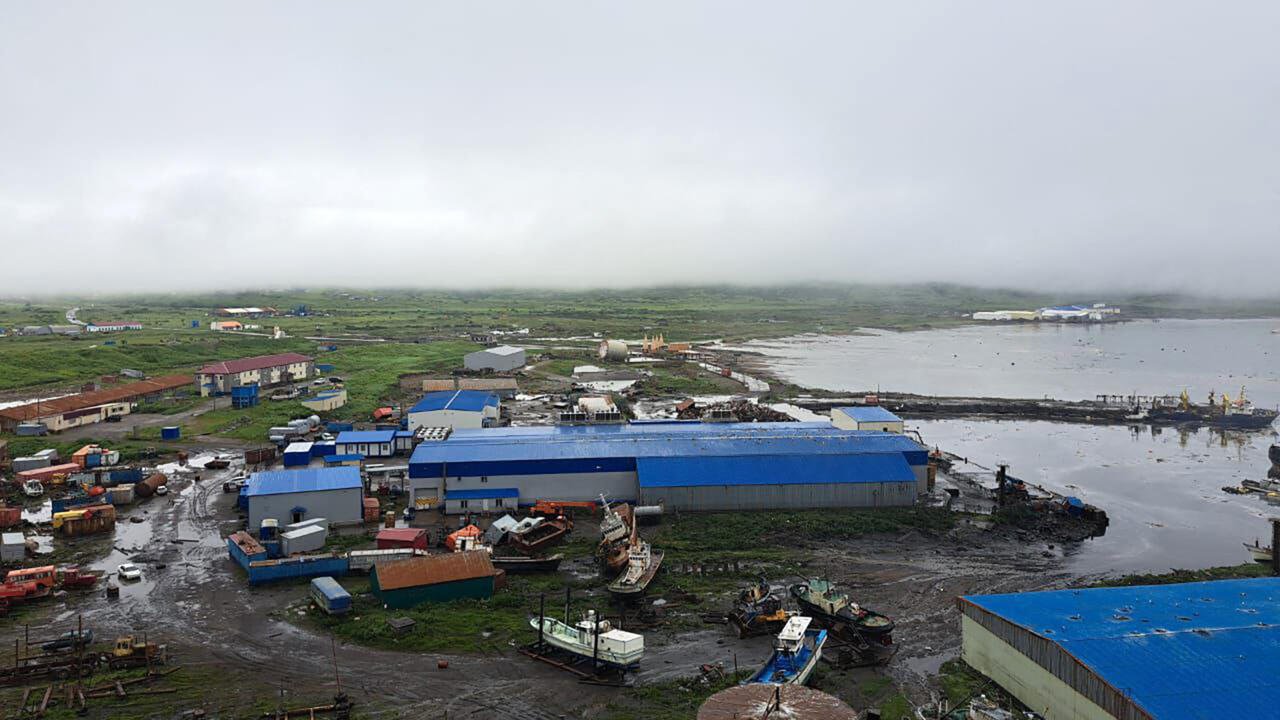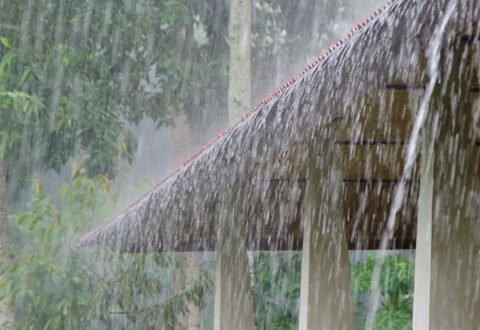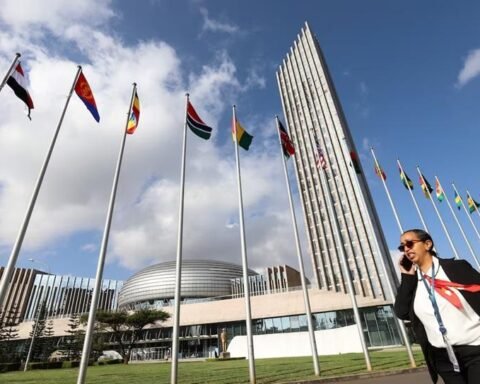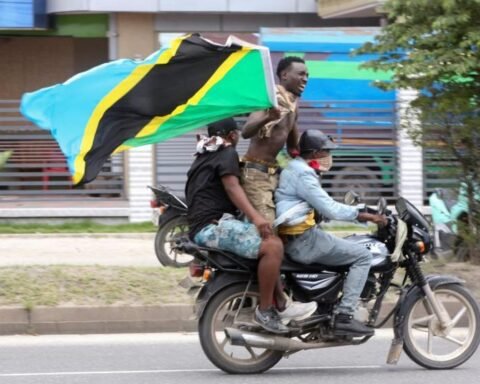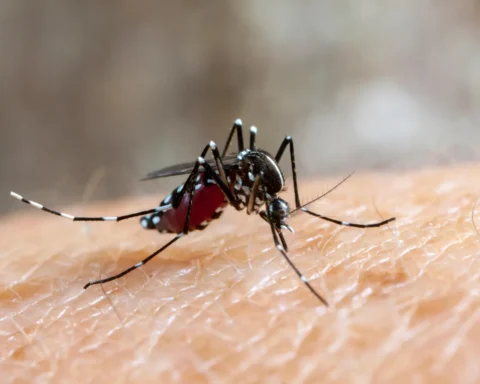A powerful magnitude 8.8 earthquake struck off the coast of Russia’s remote Kamchatka Peninsula on Wednesday, unleashing tsunami waves as high as five meters (16 feet) and prompting widespread evacuation orders across the Pacific Rim, including Hawaii, Japan, and other vulnerable coastal areas.
The earthquake originated near the Kuril-Kamchatka Trench, a deep oceanic trench formed by the subduction of the Pacific Plate beneath the Okhotsk Plate. The quake’s shallow focus, approximately 20.7 kilometers beneath the sea floor, amplified its destructive potential. (Kuril-Kamchatka Trench, Subduction zone)
Residents of Petropavlovsk-Kamchatsky, the peninsula’s largest city, described intense, continuous shaking lasting several minutes. One local recalled, “The walls felt like they might collapse any moment, so I quickly evacuated.” The quake damaged buildings and caused injuries in the region, highlighting the vulnerabilities of remote communities in seismic hotspots.
Across the Pacific, tsunami warnings were issued, with Hawaii’s emergency management agencies urging coastal residents in Oahu, Maui, and the Big Island to move to higher ground immediately. The Pacific Tsunami Warning Center closely monitored wave activity, noting tsunami heights reaching up to 1.7 meters in some locations. (Pacific Tsunami Warning Center)
Also Read; African and Caribbean Leaders Seek Stronger Trade Partnership
Japan’s eastern seaboard, still bearing scars from the catastrophic 2011 Tōhoku earthquake and tsunami, was placed on high alert. Authorities ordered evacuations in coastal communities as a precautionary measure to safeguard residents from potential tsunami impacts. (2011 Tōhoku earthquake and tsunami)
Further complicating the situation, the region’s notorious Klyuchevskoy volcano erupted shortly after the earthquake, sending ash clouds into the atmosphere and posing additional risks to local populations and air traffic. (Klyuchevskoy volcano)
While many tsunami warnings have now been lifted, officials emphasize the importance of ongoing vigilance. Aftershocks and secondary hazards, such as landslides and volcanic activity, remain a threat in this tectonically active zone.
This earthquake underscores the seismic volatility of the Pacific Ring of Fire, a horseshoe-shaped belt known for frequent earthquakes and volcanic eruptions encircling the Pacific Ocean basin. Preparedness, early warning systems, and coordinated response remain crucial to minimizing the impact of such natural disasters.

